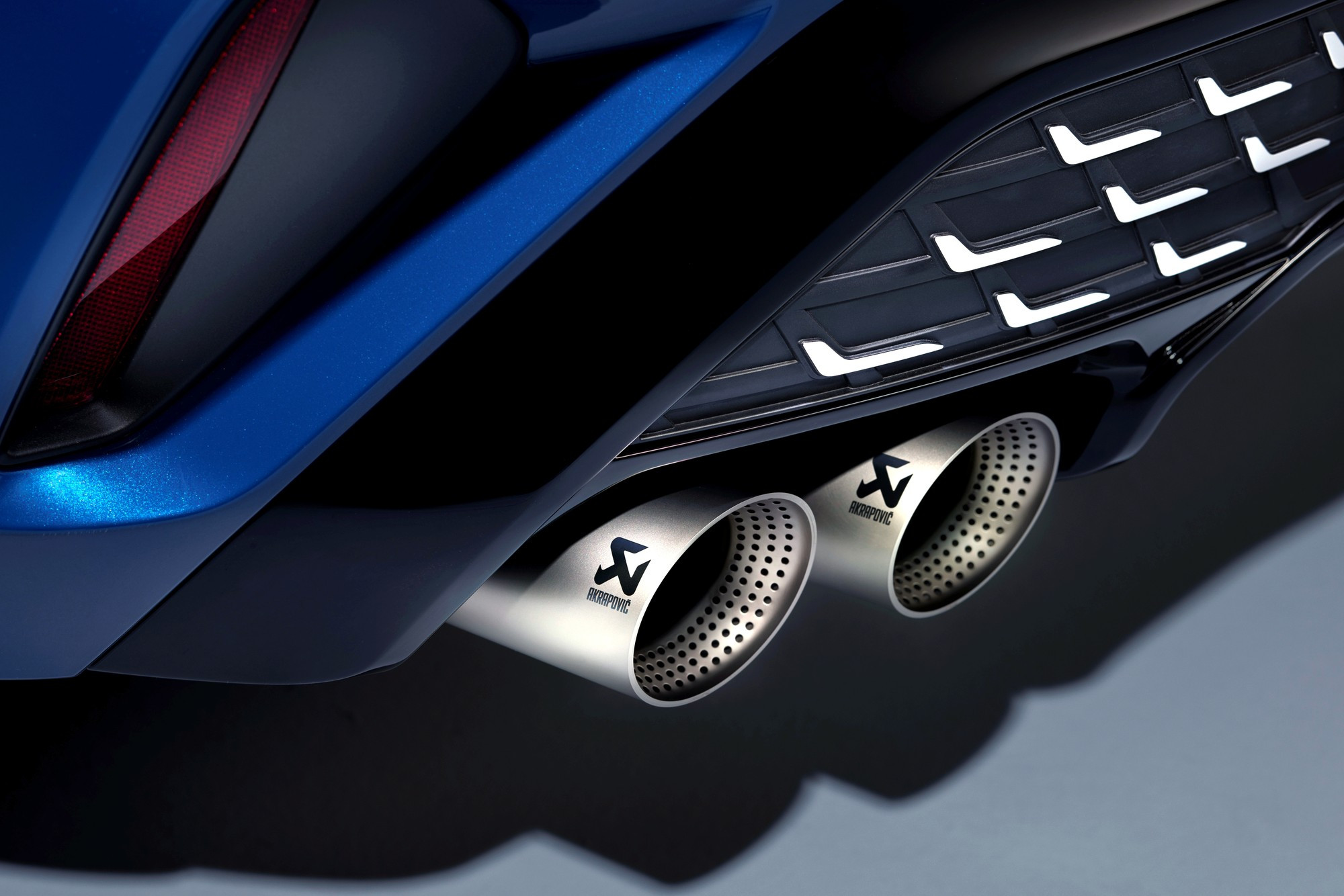
The Council of the European Union has approved the final version of Euro 7 environmental standards: for passenger cars they will come into force no earlier than 2027 and will be much longer softer than earlier versions of the relevant bill assumed, which means that a radical increase in the price of passenger cars and light commercial vehicles with internal combustion engines due to new environmental standards is not expected until such vehicles are banned in 2035.
< p>The long-term saga with Euro 7 standards can be said to have ended: their final version was approved by the EU Council last Friday, the European Parliament voted for the corresponding law back in March, and then purely formal procedures are expected for the law to be signed by the President of the European Parliament and the President of the European Union.
The current Euro 6 standards were introduced in stages from 2014 to 2021. In 2021, the active and public phase of preparation of the next Euro 7 standards began. According to the current plans of the European Union authorities, Euro 7 standards will be the last stage in limiting harmful emissions from internal combustion engines in the EU. There will be no Euro 8 standards, because in 2035 the EU authorities intend to ban the sale of new passenger cars and light commercial vehicles with internal combustion engines running on fossil fuels. In theory, the life of the internal combustion engine after 2035 can be extended by synthetic fuel, but there is no final decision on it yet.
It was originally planned that Euro 7 standards for cars and light commercial vehicles would come into force in July 2025, for trucks and buses — in July 2027. The first edition of Euro 7 for 2021, with supercatalysts and the most stringent emission control measures, caused a shock among automakers producing cars with internal combustion engines and interested in the European market — these standards were simply impossible to meet. The interim edition of November 2022 was softer, but also categorically did not suit automakers due to the tightening of the test procedure: manufacturers said that with such standards, “hydrocarbon” cars would rise sharply in price, and the production of budget models would generally lose meaning — they would have to be discontinued and lay off tens of thousands of workers across Europe.
The heightened geopolitical situation, the global slowdown in demand for electric vehicles and the lobbying activities of organizations such as ACEA (European Automobile Manufacturers Association) and the Freedom of Mobility Forum eventually forced the EU authorities to greatly relax Euro 7 standards and delay their implementation. The law will come into force 20 days after it is signed and published, but it is not yet known exactly when this will happen — most likely June 1 or so.
Once the law comes into force, a 30-month deferment will begin for new models of passenger cars and light commercial vehicles undergoing certification for the first time: this means that Euro 7 standards for them will begin to apply from January 1, 2027. For passenger cars and light commercial vehicles certified earlier than this date, Euro 7 standards will begin to apply a year later, that is, from January 1, 2028.
Trucks and buses received an even longer deferment: for vehicles passing for the first time certification, Euro 7 standards will come into force in 48 months, that is, in mid-2028, for cars already certified by that time — in 60 months, that is, in mid-2029.
Let us remind you that the ban on new cars with internal combustion engines after 2035 applies only to cars and light commercial vehicles; new “hydrocarbon” trucks and buses will continue to pollute the air with exhaust gases, unless the EU authorities change their mind as they approach 2035.
< p>For “hydrocarbon” passenger cars and light commercial vehicles, Euro 7 standards essentially do not change anything in terms of regulating the amount of harmful emissions and test methods, but control over the emission of particulate matter is becoming stricter. Euro 7 also stipulates a brake wear rate of 3 mg/km for passenger cars and light commercial electric vehicles and 7 mg/km for similar “hydrocarbon” models, including hybrid ones. It is curious that cars with hydrogen fuel cells were also assigned a standard of 7 mg/km, although they are, in fact, a type of electric vehicle. More stringent requirements for electric vehicles are understandable: they, in principle, wear out the brakes less, since they use the regenerative power of electric motors for braking.
For “hydrocarbon” trucks and buses, Euro 7 standards introduce a number of additional restrictions on harmful substances, including including nitrogen oxides.
For passenger cars and light commercial vehicles with internal combustion engines, Euro 7 standards require maintaining the declared environmental characteristics for 10 years or 200,000 km; for medium-duty trucks and buses, the corresponding standard is 10 years or 375,000 km; for heavy trucks and buses — 15 years. or 875,000 km.
For electric vehicles and plug-in hybrids, Euro 7 standards introduce a wear limit for the traction battery: for passenger cars, after 5 years or 100,000 km, the actual battery capacity must be at least 80% of nominal, and after 8 years and 160,000 km — at least 72%. For light commercial electric vehicles and plug-in hybrids, the corresponding values are 75% and 67%.
The full list of documents related to Euro 7 standards is available on the website of the Council of the European Union (see links after the main text of the publication).
European eco-activists, of course, are extremely dissatisfied with the Euro 7 standards that are too soft, in their opinion, but it is unlikely that they will now be able to influence the situation in any way, their train has left. It is expected that compliance with Euro 7 standards will lead to an increase in the price of passenger cars by up to 200 euros — this is, in general, pennies compared to the many thousands of euros by which “hydrocarbon” cars would rise in price if earlier editions of Euro 7 came into force.










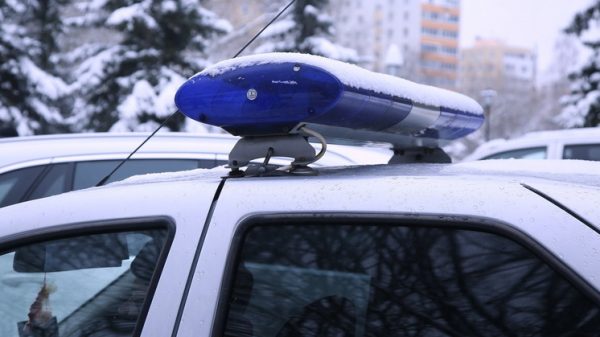






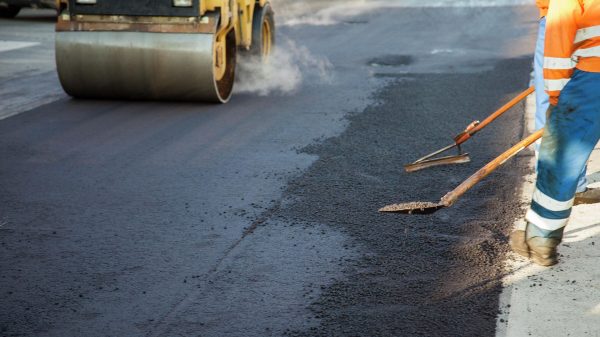










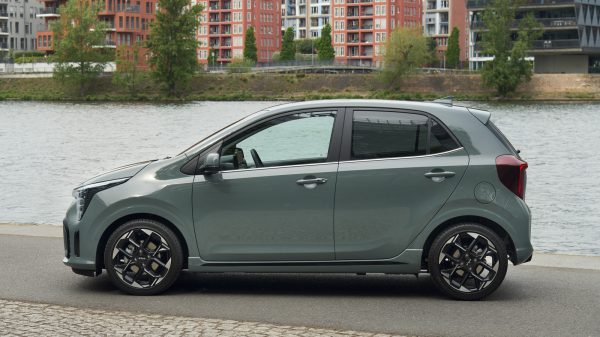
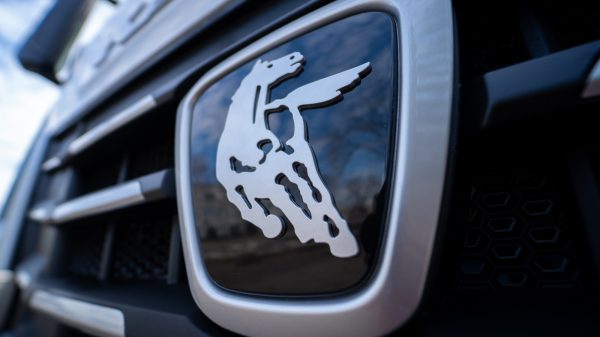
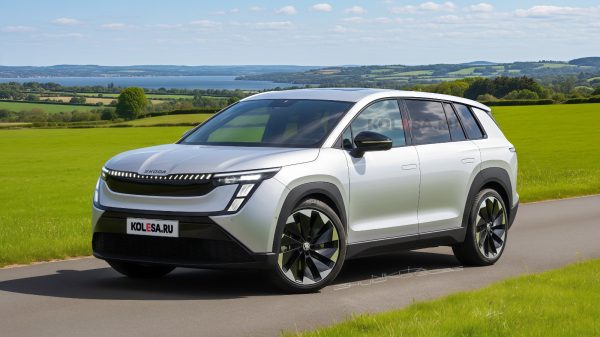
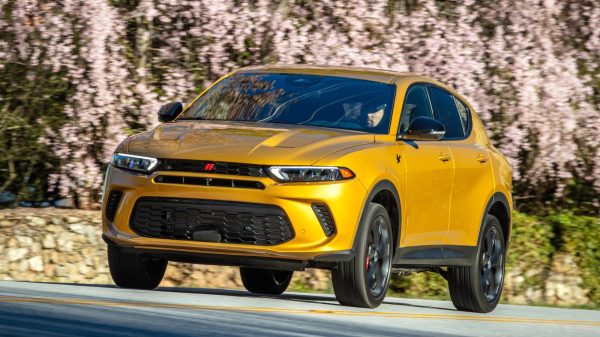








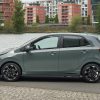

















Свежие комментарии